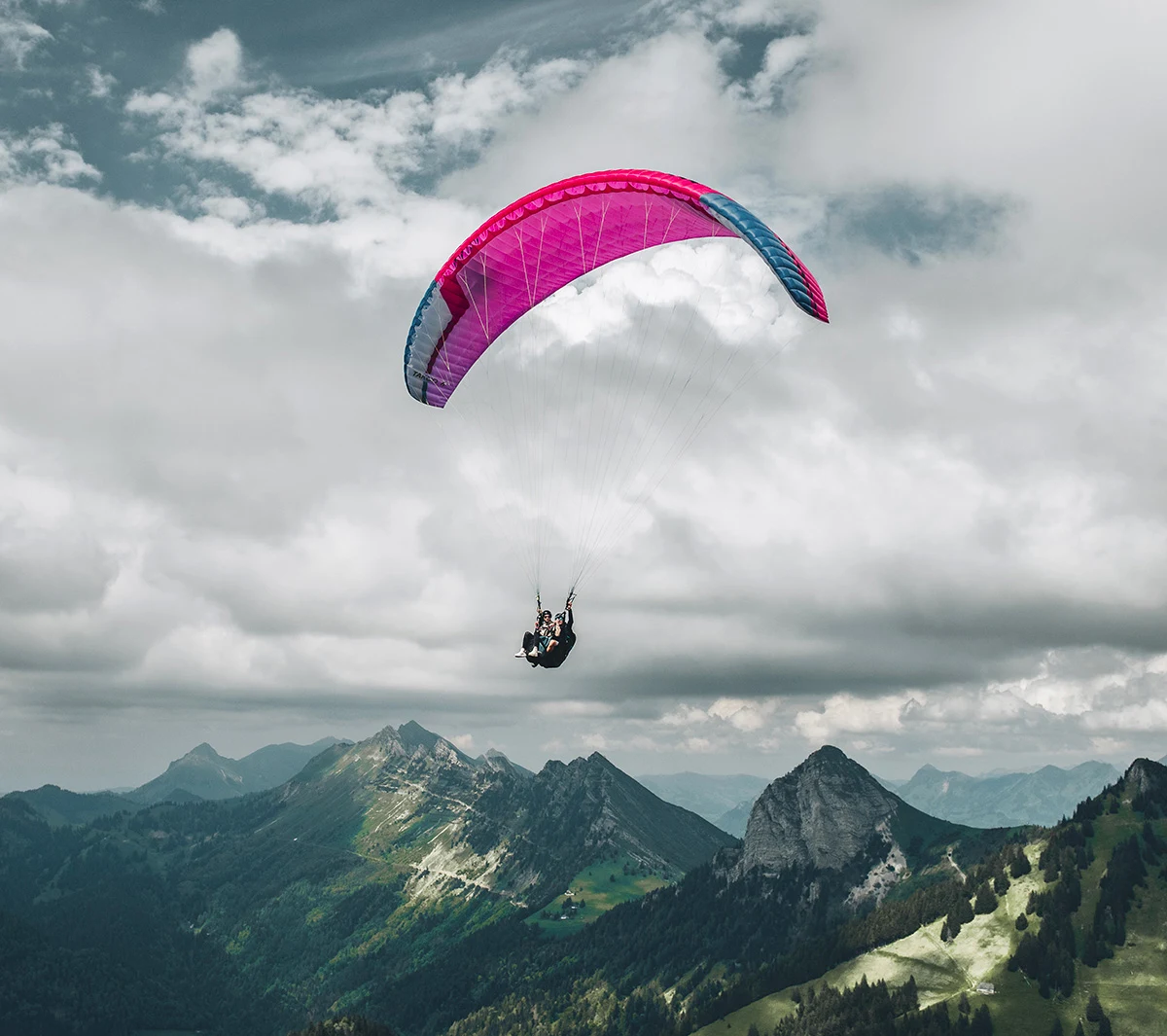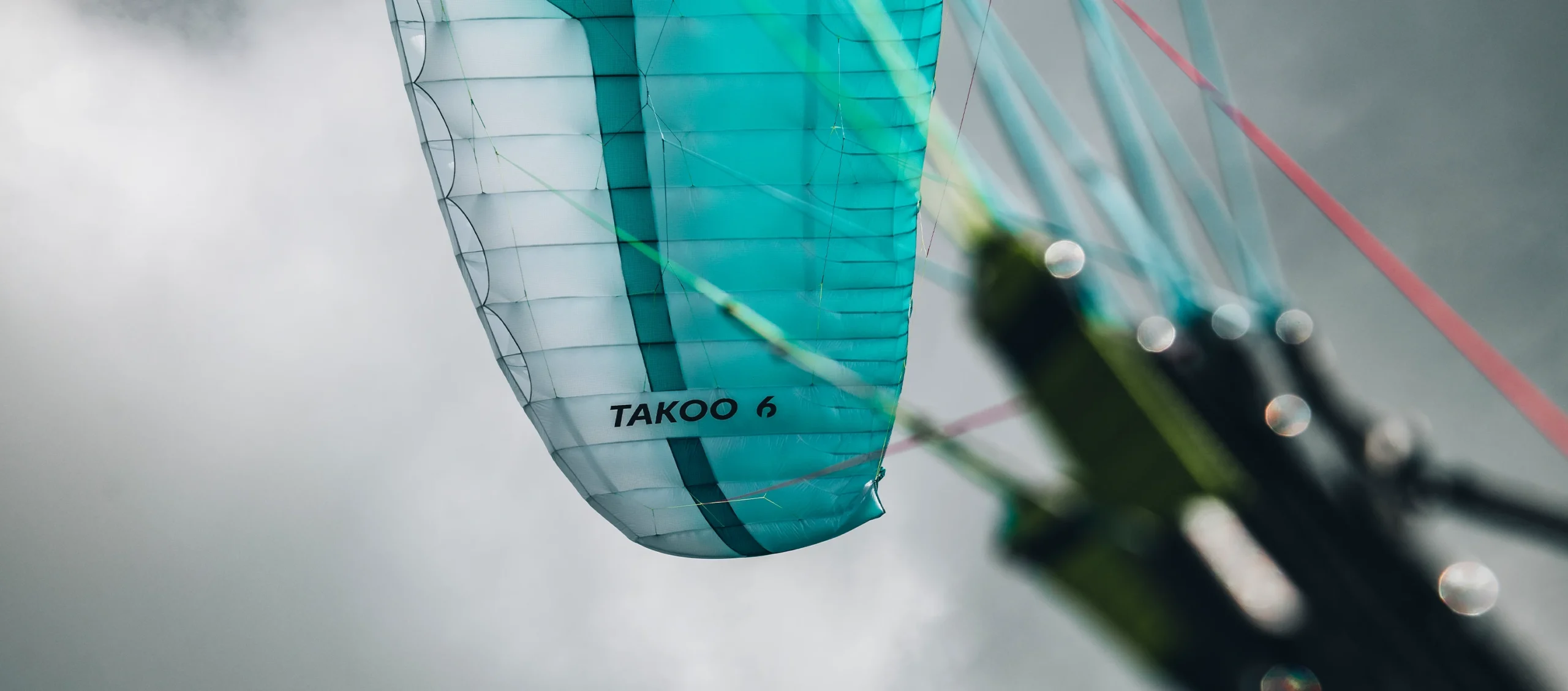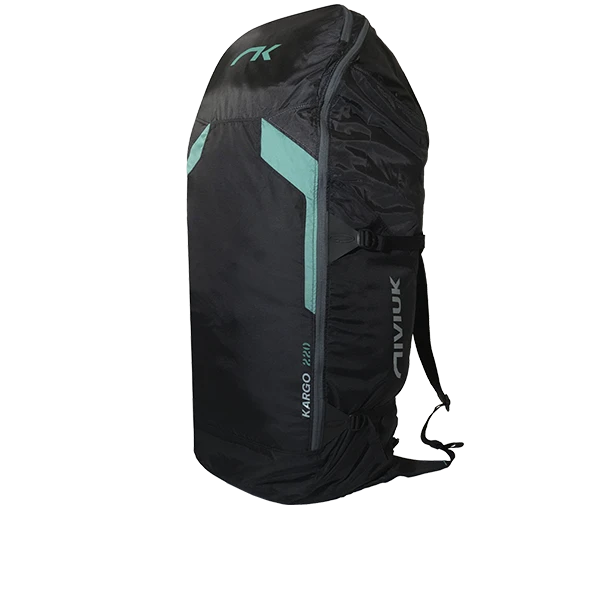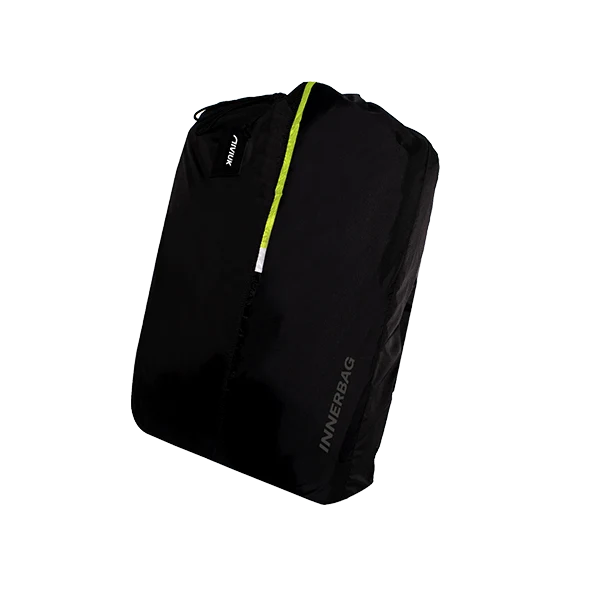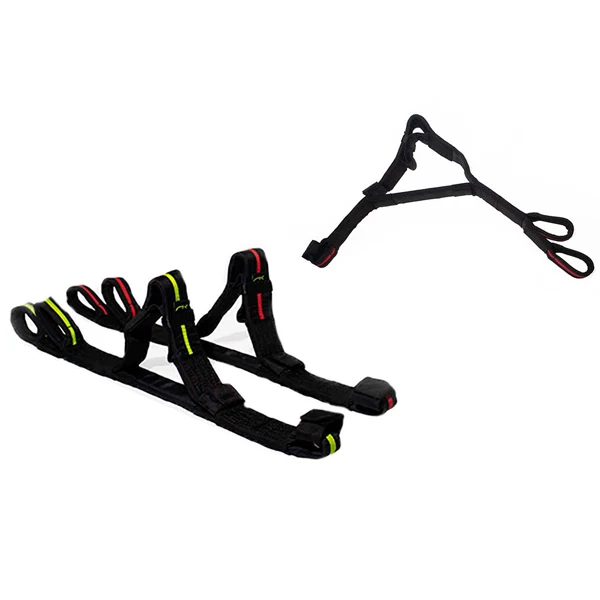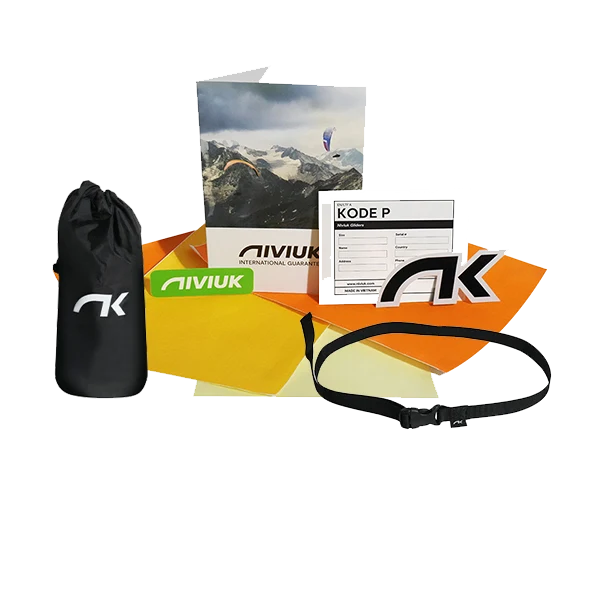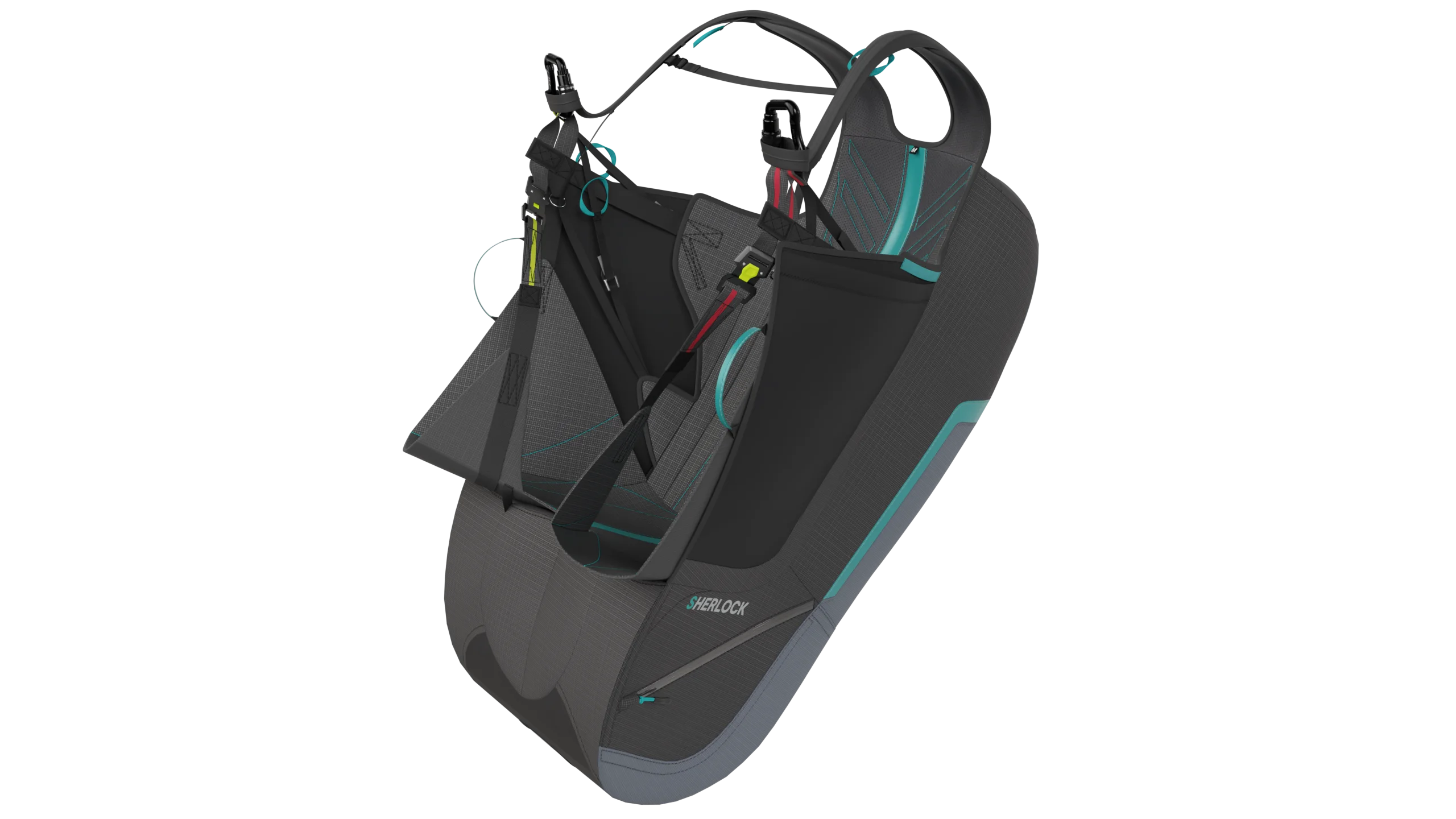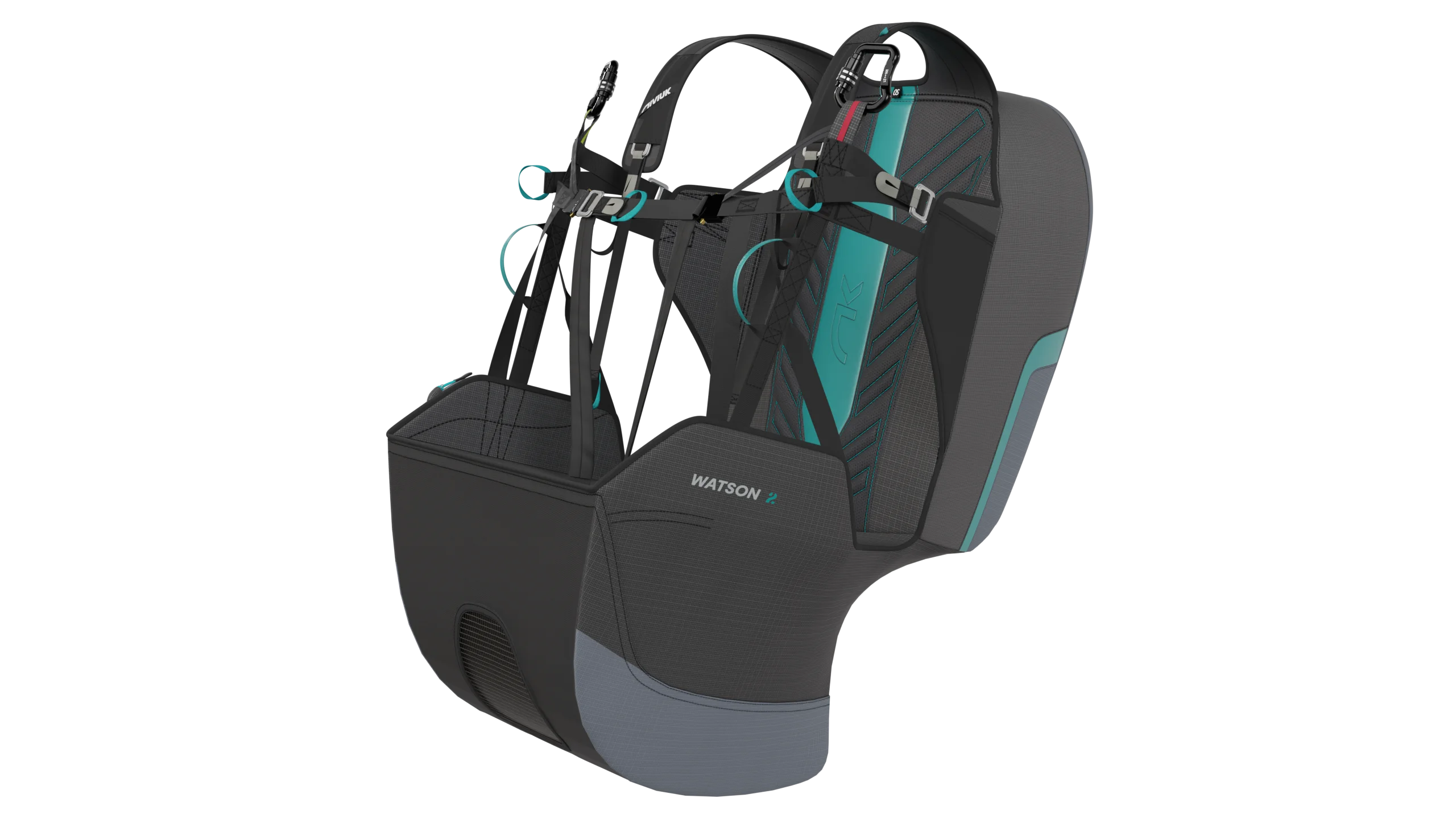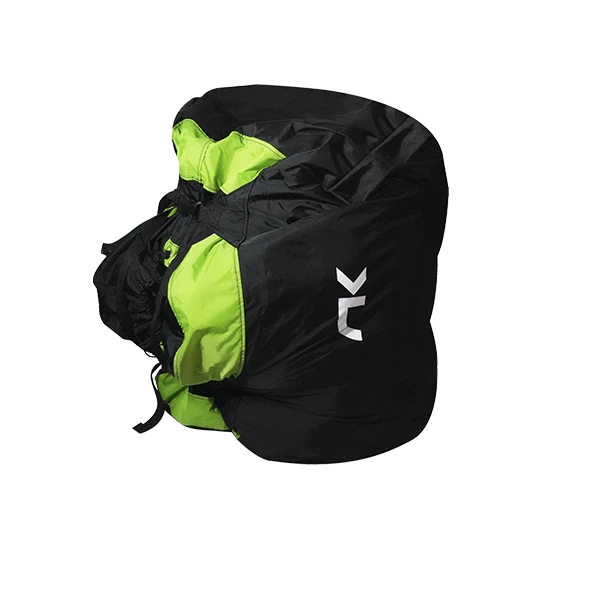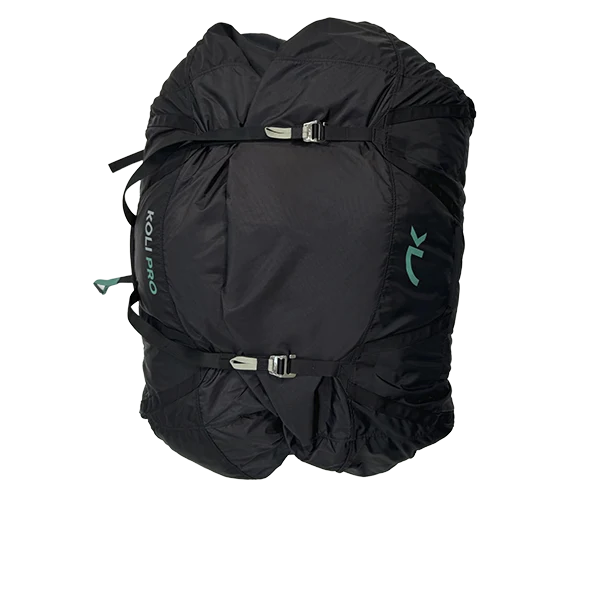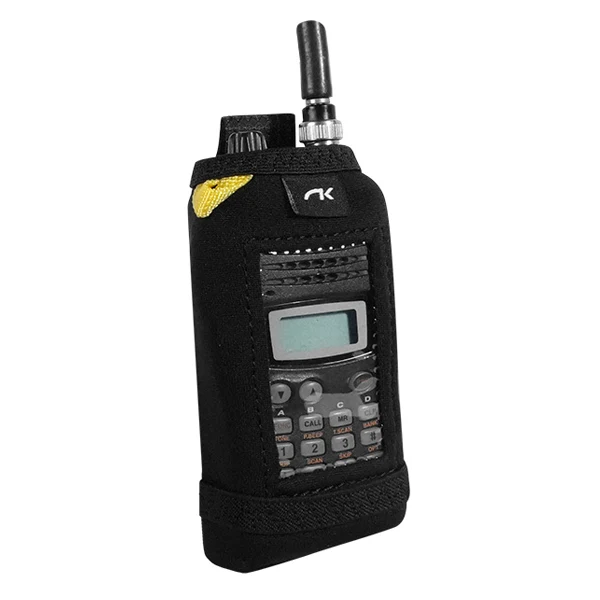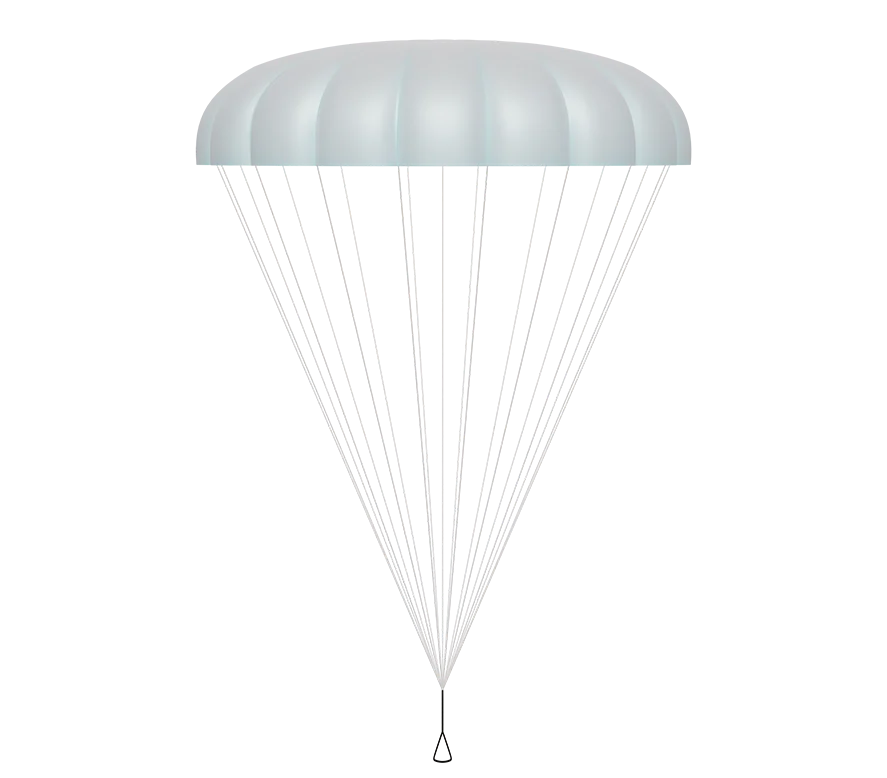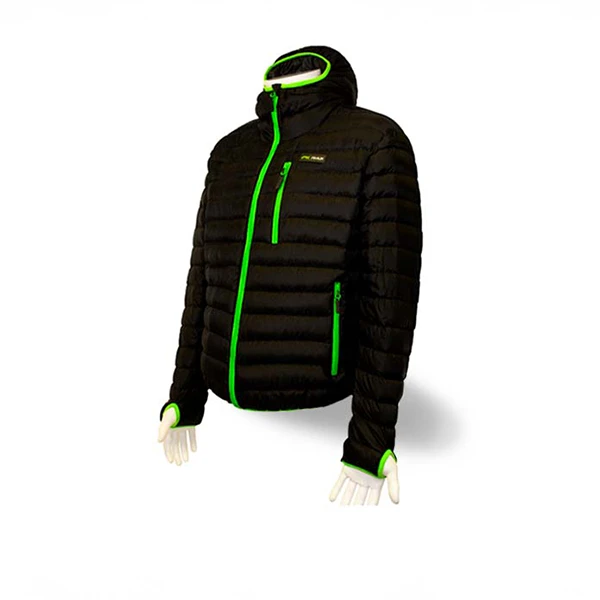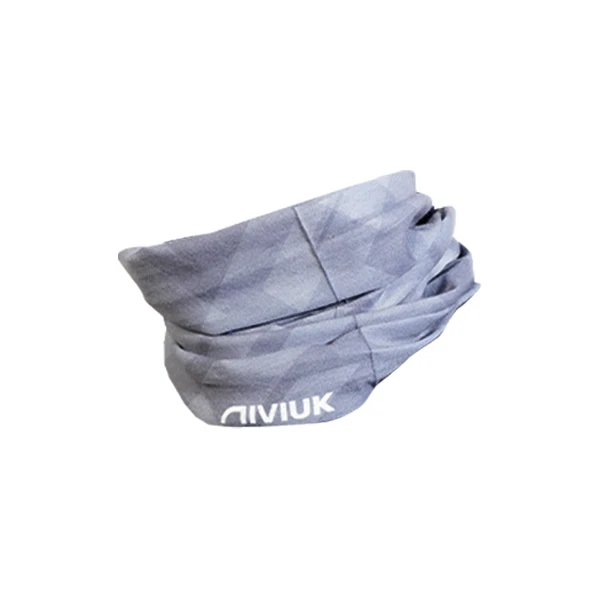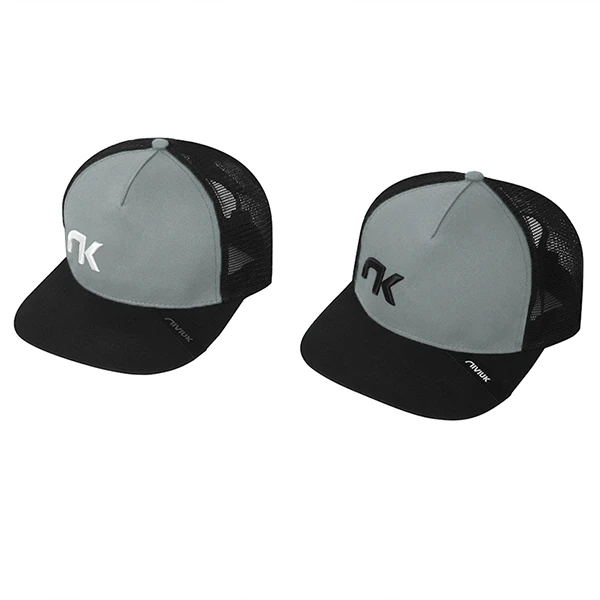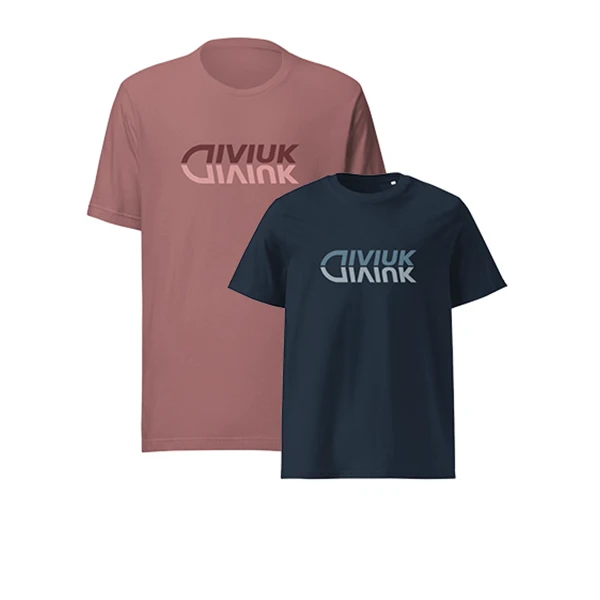Takoo 6
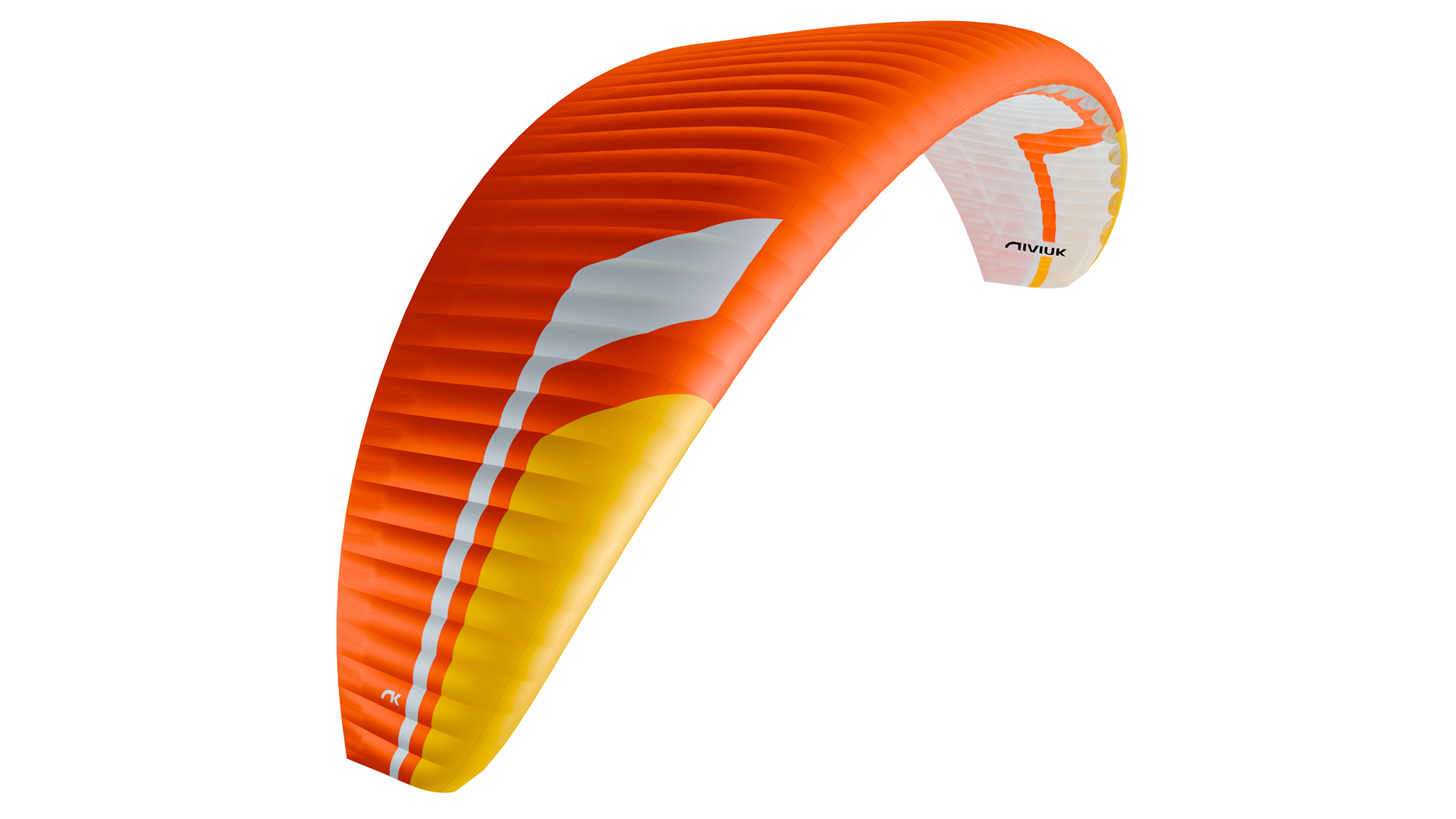
The new Takoo 6 dual wing is even easier to use, offering an efficient and enjoyable flying experience. The manoeuvrability and efficiency of the controls have been improved, allowing for smoother, more precise turning than ever before. It is an easy, intuitive and durable glider, making it ideal for endless professional and recreational tandem flying.
Commercial tandem flights
The Takoo 6 is a tandem wing designed to meet the needs of the most demanding professional pilots. It is an ideal working companion for pilots due to its durability and comfort in all situations. It suits any type of passenger, guaranteeing an unforgettable experience for both.
It is the perfect wing for our Sherlock and Watson 2 tandem harnesses and the Koli Pro rucksack.
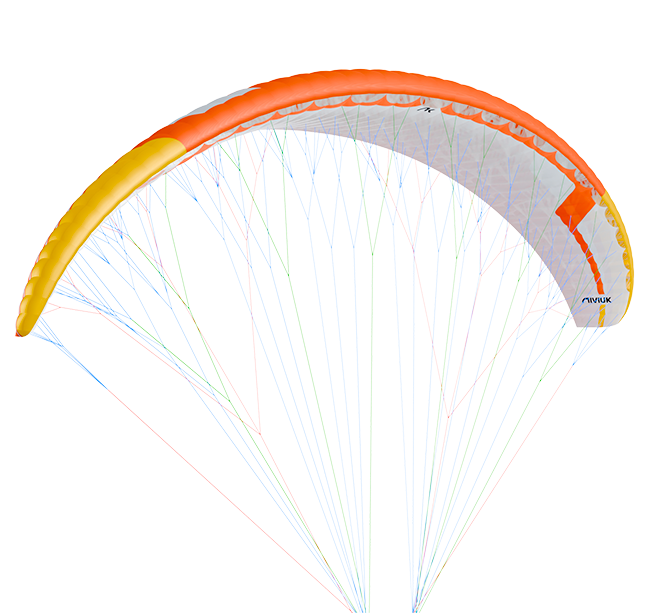
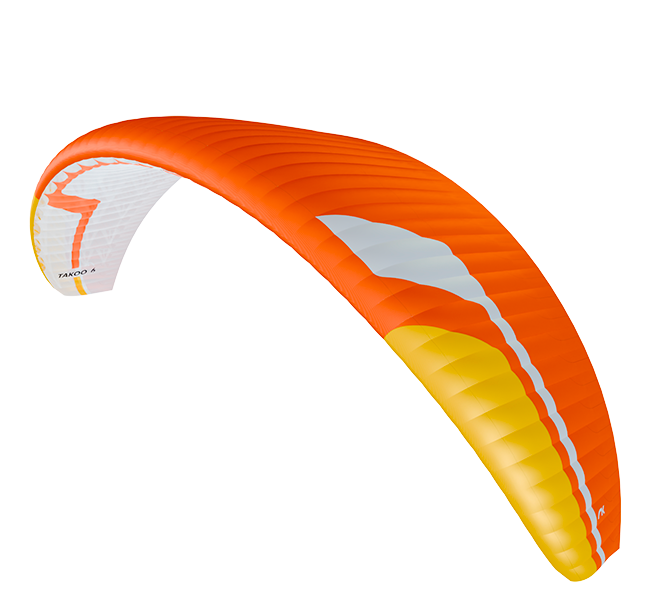
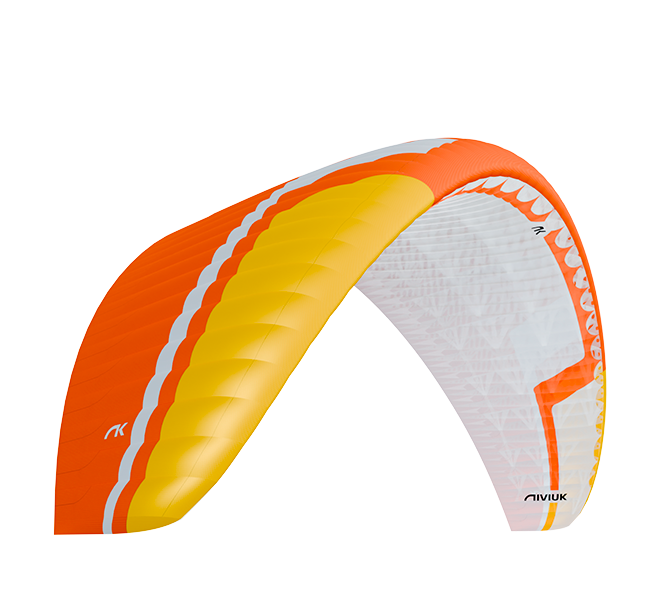
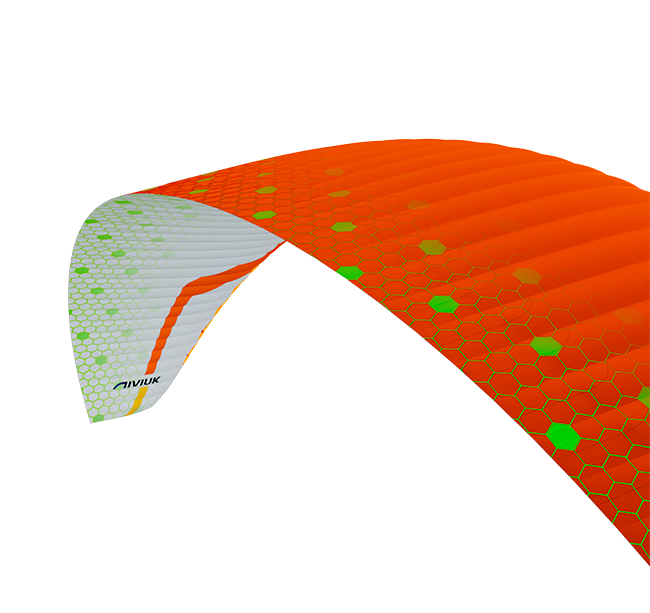
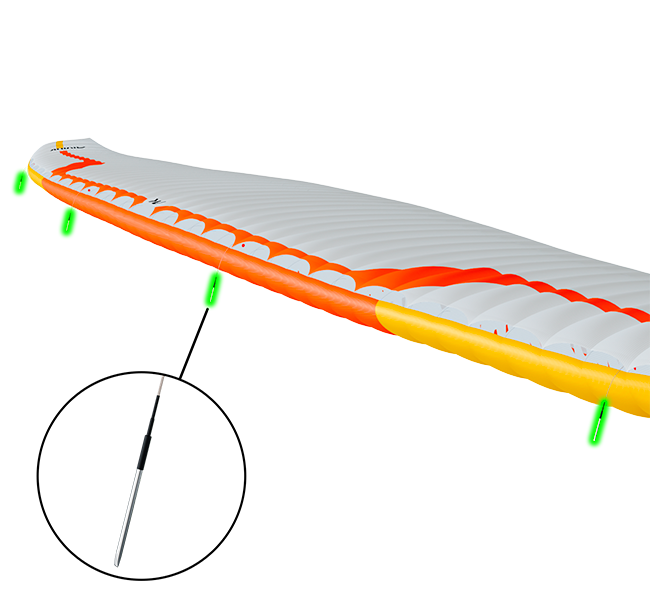
Flying is more intuitive, comfortable, and easier. Perfect for finishing your day without getting tired.
Braking efficiency has been optimised, reducing pressure on the controls to improve turning, making it more direct, lighter and with less travel.
The Takoo 6 is characterised by an exceptional progressive inflation and launch, with an immediate load take up, making take offs easy for any type of passenger.
Landing has been improved and it has excellent speed retention.

Flying is more intuitive, comfortable, and easier. Perfect for finishing your day without getting tired.
Braking efficiency has been optimised, reducing pressure on the controls to improve turning, making it more direct, lighter and with less travel.

The Takoo 6 is characterised by an exceptional progressive inflation and launch, with an immediate load take up, making take offs easy for any type of passenger.
Landing has been improved and it has excellent speed retention.



3DL technology is an adjustment of the fabric at the leading edge of the wing to control the ballooning and the creases that are generated by the curvature in this area. The leading edge is then divided into sub-panels which are sewn into each of the cells at the front of the paraglider. As a result, the leading edge of the wing is perfectly tensioned, which benefits the wing in performance and durability.
A good comparison is a rugby ball. In order to produce its characteristic oval shape without creases, its cover is made of several panels – not of just one piece.
The application of this innovation, in conjunction with the 3DP, is key to converting the perfect shape from 2D to 3D.
The RAM Air Intake system is based on the inward orientation of the air inlets in the profile so that they allow an optimum internal pressure at all angles of attack.
The result? Having greater internal pressure means better buffering of turbulence, greater consistency of the profile shape across the speed range. Excellent handling at low speed is achieved by allowing the pilot to extend the braking limit, so there is a lower risk of collapse and consequently, greater control and stability.
RSD (Radial Sliced Diagonal) technology is a reinvention of the wing’s internal structure. It incorporates independent and efficiently oriented diagonal ribs, which follow the direction of the cloth. This improves the strength, reduces weight and minimises deformation.
These days, in order to improve stress distribution and reduce the number of attachment points and lines, most wings have these diagonal ribs, which are connected from the attachment points to the adjacent profiles.
In conventional diagonal ribs, loading and unloading cycles away from the highest strength axis of the cloth result in a loss of shape, which reduces the cohesion of the wing and therefore aerodynamic efficiency.
This technology seeks to implement the best orientation of the cloth on each panel according to its location on the leading edge. If the cloth pattern is correctly aligned with the load axes, the cloth suffers less deformation flight after flight, so the leading edge maintains its shape better and remains stronger over time.
The design of our paraglider and paramotor wings has evolved a lot over the years, with a positive and specific focus on the leading edge.
Thanks to this technology and 3DL, a perfect modelling of the panels and an exact representation from 2D to 3D is achieved.
The ELS is a big ear locking system which provides a simple and effective solution for the tandem/dual pilot when quick descents are required.
Usually when the pilot has pulled big ears on a solo glider, they can only steer using weight-shift. Although it is also possible to do this with the help of a passenger on a tandem paraglider, in most cases this is insufficient. This is why Niviuk developed the ELS.
To use the Ear Lock System, simply pull the ear lock tab downward until the knot passes through the ELS (lock system). Then move them slightly horizontally forward, locking the knots in the V grooves. To release, pull the big ear tabs down to release the knots from the grooves. Then guide it vertically as it goes upward and back through the ELS. It is better to release the two ears asymmetrically.
Advantages of the ELS system:
- It enables the pilot to pull and release the ears as desired.
- It gives full steering control to the pilot with the ears applied.
- Lets the pilot use the ears as long as necessary with no physical effort at all.
- Allows the pilot to use the trimmers without concern or restriction.
- Prevents the ears from opening unintentionally, as they are blocked.
- The manoeuvre can still be performed the classic way, without using the ELS.
- Can be easily removed without affecting the rest of the equipment.
Nitinol is a combination of 50% nickel and 50% titanium. The incorporation of Nitinol rods in the profile increases the performance of the wing, especially in three areas:
- Compared to nylon rods, the weight of the wing is reduced by 13%.
- Nitinol has two essential characteristics: shape memory and enormous elasticity. As a result, the rods retain their optimum shape even after an ultra-compact or incorrect folding, so that the wing is not deformed. This will always be the case unless the radius at the point of curvature is less than 1 cm.
- The leading edge shape is much more rigid and uniform which results in a much more consistent and progressive inflation and therefore an easier take off. The profile is taut at all times, without creases, and fully optimised for all flight phases.
In addition, the rods have a plastic protector at their ends to prevent any damage to the fabric of the wing.
Nitinol is now featured in all our wings.
The Takoo’s risers allow a wide range of speeds thanks to the trimmers. We have identified the trimmer positions with colours to make them easier to use: the neutral position, coloured green, is ideal for launch and for flying in thermals. When you open the trimmers, speed increases. The red marks indicate the different acceleration positions and help to locate the trimmer position. With the trimmers closed (pulling the trimmer all the way down) the sink rate is improved and the pressure on the controls is reduced if flying with a high load.
The mini-ribs are integrated directly into the trailing edge, with special slots to incorporate them into the seam. This results in a cleaner profile, eliminating external seams and protecting them from wear and tear when in contact with the ground.
With RSD technology we have optimised the internal structure. The orientation of the diagonals and the arrangement of the attachment points make the wing stronger and reduce tension on the cloth.
Thanks to the ELS (Ear Lock System) technology, big ears can be pulled to two positions (small or large ears). It is much easier and quicker to pull and release big ears to control the descent. The pilot can still use the brakes to steer the glider.
The leading edge finish is impeccable. Thanks to 3DL, 3DP and SLE technologies, the leading edge is clean, crease-free and durable.
| 38 | 41 | 44 | |||
|---|---|---|---|---|---|
| CELLS | NUMBER | 54 | 54 | 54 | |
| ASPECT RATIO | FLAT | 5,5 | 5,5 | 5,5 | |
| PROJECTED | 4,15 | 4,15 | 4,15 | ||
| AREA | FLAT | m² | 38 | 41 | 44 |
| PROJECTED | m² | 32,27 | 34,82 | 37,37 | |
| SPAN | FLAT | m | 14,46 | 15,02 | 15,56 |
| CHORD | MAXIMUM | m | 3,29 | 3,41 | 3,54 |
| LINES | TOTAL | m | 379 | 395 | 408 |
| MAIN | 2+1/3/3/3 | 2+1/3/3/3 | 2+1/3/3/3 | ||
| RISERS | NUMBER | A+A’/B/C/D | A+A’/B/C/D | A+A’/B/C/D | |
| TRIMMERS | mm | 100 | 100 | 100 | |
| GLIDER WEIGHT | kg | 7,36 | 7,78 | 8,28 | |
| TOTAL WEIGHT IN FLIGHT | MIN-MAX | kg | 110-190 | 120-220 | 140-240 |
| CERTIFICATION |
EN/LTF B & DGAC
|
EN/LTF B & DGAC
|
EN/LTF B & DGAC
|
The total weight of the wing may differ ±2% due to variations in the weight of the fabric supplied by the manufacturers.
Takoo 6
It contains an 8-digit code that, when entered in the MyNiviuk section, can be used for product registration, to carry out procedures and request maintenance.
